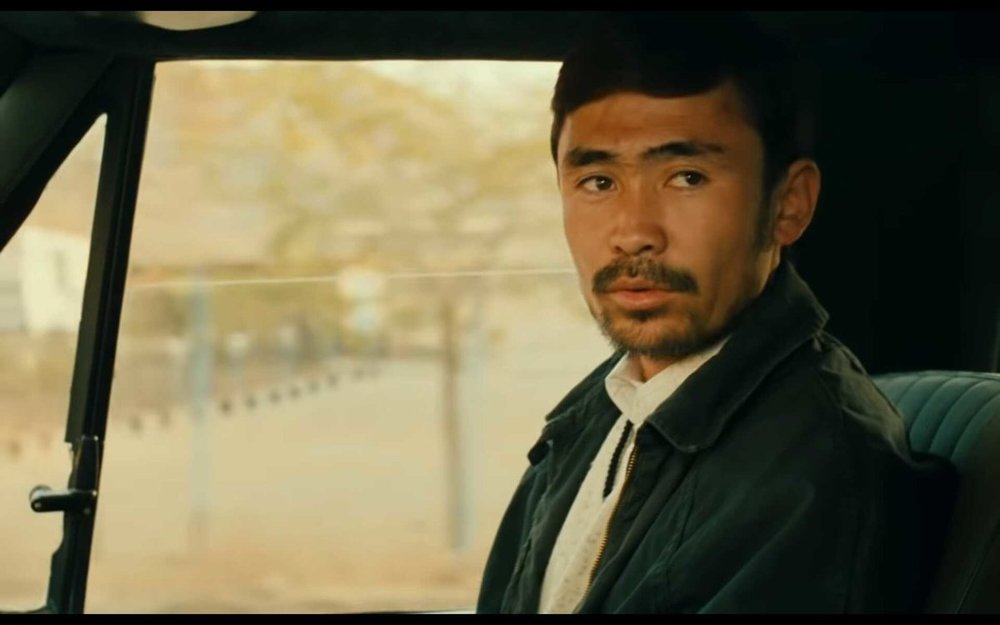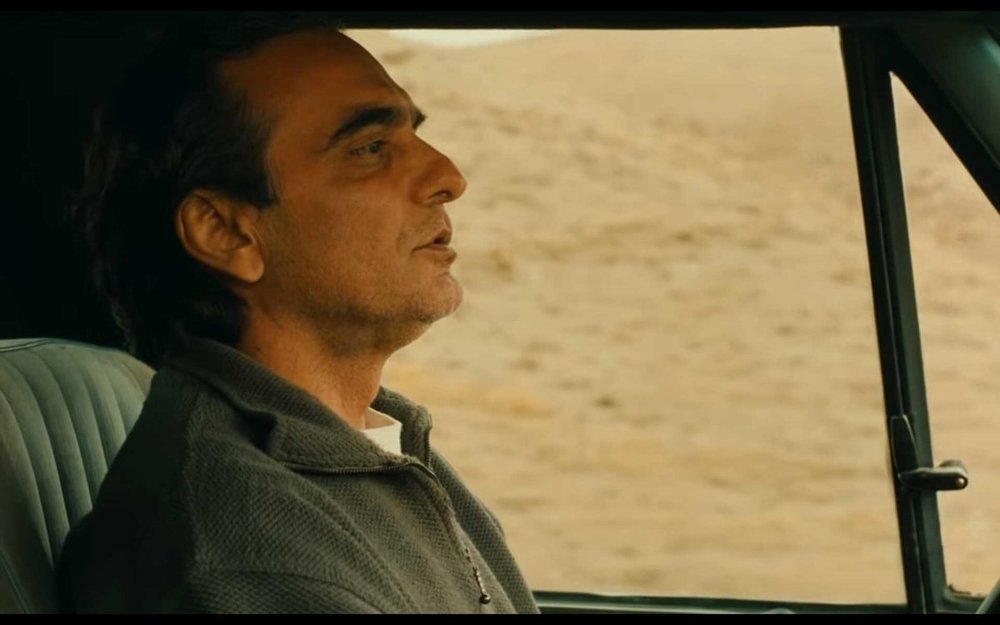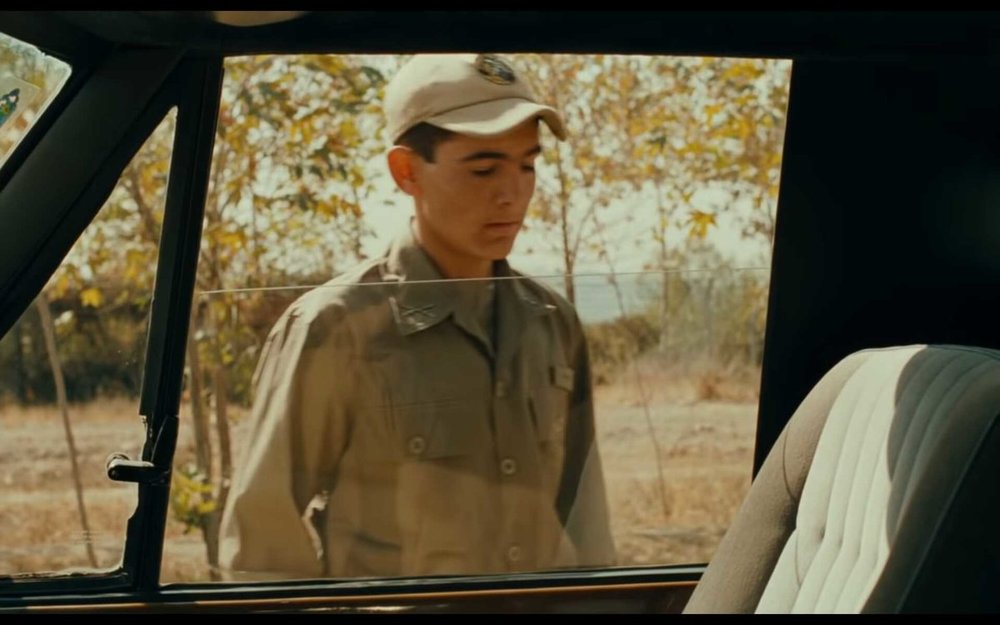-
Posts
25 -
Joined
-
Last visited
About Tim Schroeder
- Birthday 09/03/1997
Profile Information
-
Occupation
Director
-
Location
United States
-
My Gear
Canon GL1, Bolex 160, Chinon 313p xl, Sony a6000
-
Hey y'all, Not sure if this is more of a grip and rigging question or if it's more appropriate to this section. That being said: I have a potential on location shoot taking place at a convenience store where the shot in question needs to be shot through the window of the business. During the day the reflections make it near impossible to see inside the store, while at night, the lights illuminating the gas pumps are visible in the reflection of the window. Plus the issue of the camera itself showing up in the window reflections as well. Unfortunately the shot does need to be straight on as it were, so there's no place to hide the camera off to either side. What kind of set up would be needed to get this kind of shot that would eliminate the window reflections?
-

Questions on Car Mounts and Coverage
Tim Schroeder replied to Tim Schroeder's topic in Grip & Rigging
The way I understand it based on what I read on how this was made, neither. Which is what has me confused. Especially as it seems the focal length and camera placement makes it seem as though the camera is between the two. -

Questions on Car Mounts and Coverage
Tim Schroeder replied to Tim Schroeder's topic in Grip & Rigging
Thank you for the response. The shot type maintains similar framing throughout the film (I'd say something like 60% - 65% of the film is the same type of frame and the reverse of it, most of it moving) with most of the content within the film being characters conversing while in the car. It is a car where the driver sits on the left. The shots below take place in a scene where the car is continuously moving. Shot on top is passenger, shot on bottom is the driver. The characters are never seen in the same shot at the same time. When the camera is on the passenger, the director is driving and feeding questions to the actor so they have the appropriate response. The way the process was described (to my understanding) they didn't use a trailer that the car would be on; instead the director had the camera affixed to the car in some way while he drove and fed lines / questions. Then of course this is a film from '97 and the camera most likely used was some variation of the Arriflex 35BL, so it's not exactly a small camera either. -
Not entirely sure if this is the correct part of the forums for this question... Anyway, in watching Kiarostami's Taste of Cherry, I couldn't help but notice how the scenes were covered inside the car. While on the surface of it, it seems like it'd be fairly straightforward in how these shots were achieved, but I can't quite seem to figure it out. I'm thinking that a hostess tray rig might have been used but I'm not certain of this. What makes it more puzzling is that in shots where you don't see the driver, the director himself was driving while the camera is facing the opposite direction. To my knowledge, the car was not modified in any way. I can't tell if the camera is inside the car or not. In short, how might this shot have been achieved in a way that does not obstruct the driver, and not have the potential of the driver obstructing the shot?
-
Hello. I've been mathematically constructing some dream lenses where internet DoF calculators aren't cutting it. I'm going two stops faster than F0.7 (F0.35) from a Super 8mm field of view. I want to know if these lenses could work mathematically. Does anyone per chance know the algorithm to calculate depth of field?
-

White Balance
Tim Schroeder replied to Tim Schroeder's topic in Students, New Filmmakers, Film Schools and Programs
So in the sense of lower end digital cameras with an 8 bit 4:2:0 signal (Say the a6000 for example) it's best to just have the color balance "on the money" as opposed to balancing it to capture the color of the location? Would it be a bad idea to shoot everything whilst maintaining a 5600k color balance? -

White Balance
Tim Schroeder replied to Tim Schroeder's topic in Students, New Filmmakers, Film Schools and Programs
So in a nutshell, when shooting on film stock, if you get the color temp close enough it can easily be corrected in the DI process or through chemical means? And color temp is often correct through filters or a combination of lights and filter? -

White Balance
Tim Schroeder replied to Tim Schroeder's topic in Students, New Filmmakers, Film Schools and Programs
Alright, if the goal is to match the color temp of the area, how do you find the exact color temperature so that you can use the correct filters to achieve the desired effect? -
I'm curious as to how DP's that work with film stock go about white balancing. Since the WB is fixed do they use gels on the lights set up? Or do they use filters in front of the lens to achieve the desired effect? If so, how incremental is the filtration?
-
Noted. Thank you helping clear that up.
-

Is the Zenit Quarz 1x8C-s a good starter camera for Super 8?
Tim Schroeder replied to Tim Schroeder's topic in Super-8
Thanks for clearing that up. :D I have some adapter lenses that just might work once I figure out how to mount them. I looked into buying a Beaulieu, but it's out of my budget for the time being, hence the interest in the QUARZ. Also, do you have any recommendations as far as adapters go in terms of the anamorphic lenses and "normal" spherical lenses? -

Is the Zenit Quarz 1x8C-s a good starter camera for Super 8?
Tim Schroeder replied to Tim Schroeder's topic in Super-8
Thanks for the info. :D So what your saying is that adapter lenses will work as opposed to normal c-mount lenses? -
I've adapting some Nikkor lenses to work for video/cinema. Is there a place where I can get them measured in T-stops so I can maintain consistant lighting easier?
-

Is the Zenit Quarz 1x8C-s a good starter camera for Super 8?
Tim Schroeder posted a topic in Super-8
Hello, I've been enamoured by the organic qualities of Super 8 and 16mm film for some time now. One question I have though is if wind up cameras are worth the cheaper price. I know the Krasnogorsk k-3 is a good 16mm camera, but what about Russian Super 8 wind ups? I also recently read an article from 2007 about how you can adapt the camera to take other lenses, it just takes some fiddling. Anyone know how to do that process? Article: http://zenitquarzcameras.blogspot.com/2007/07/submit-your-quarz-made-super-8-films.html?m=1 -

XAVC-S
Tim Schroeder replied to Tim Schroeder's topic in Students, New Filmmakers, Film Schools and Programs
Thanks. Everything seems to be working just fine.





